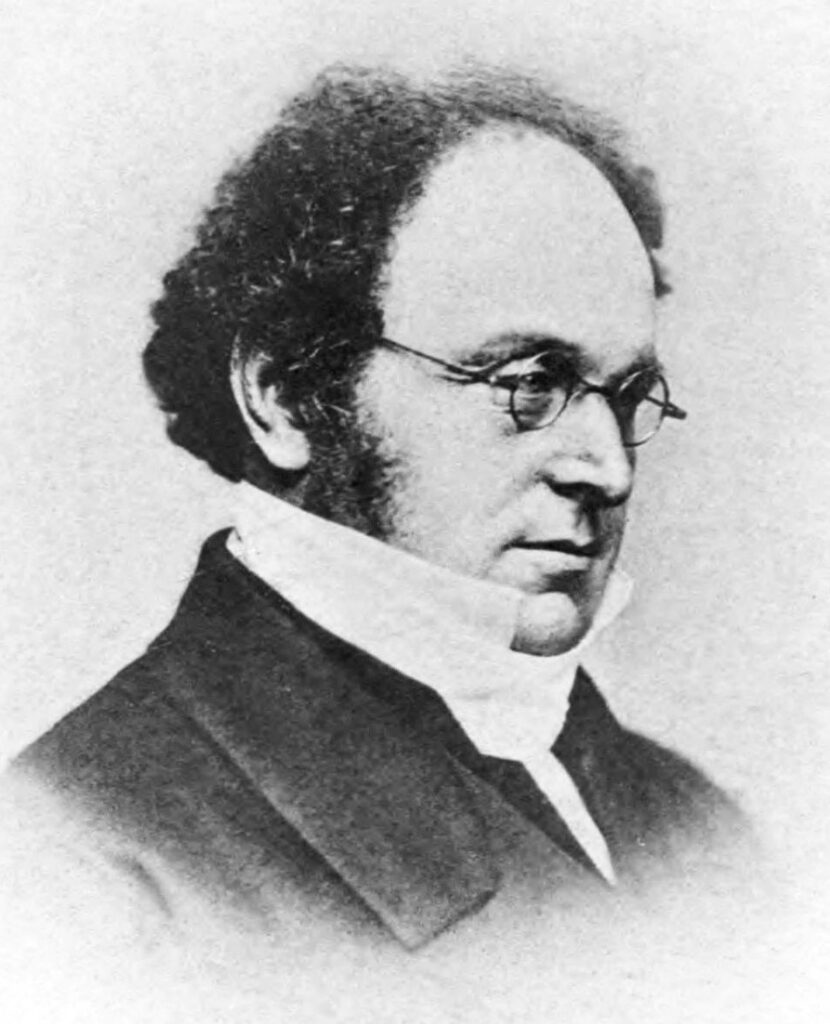Symbolic Algebra
If you search Symbolic Algebra in major search engines, you’ll likely find a lot of articles about computer science — but that’s not what we mean here at Maths from the Past! Instead, we are talking about the symbolic algebra described by 19th Century Mathematician Agustus De Morgan.
What was Math Before Symbolic Algebra?
Before the mid-19th century, Mathematics was restricted to the idea that everything described had a real-world equivalent ((primarily through Euclidian geometry); however, this perception was gradually changed over time until De Morgan severed the connection between algebra and number of objects.
A Brief Overview of Symbolic Algebra
Simply put, Symbolic Algebra says that mathematics can be used as a language. Since symbolic algebra severs the ties between symbols and numbers, now variables like x, y or a don’t need to represent numbers and rules of operation like + do not need to represent addition.
We’ve already discussed mathematical symbols on the site — as recently as 1921, the division symbol was used for subtraction! We would like to think of this as a mistake, but in advanced mathematics, every symbol (every item!) must be defined. For example, in a proof of a mathematical ring, mathematicians must write, “ + means addition and * means multiplication”, to ensure that the symbols are interpreted correctly. (This can be seen as the mathematical equivalent of semiotics in English!) Inside algebra, rules called axioms define how operations work within it.

Image credit: Sophia Elizabeth De Morgan, Public domain, via Wikimedia Commons
Why detach symbols from arithmetic? De Morgan explained symbolic algebra would allow better, more concise description and manipulations of non-arithmetical situations. He gave an example consisting of three symbols, (M, N, +), and one rule, + is commutative— M + N means N + M.
Then he said let “M and N by men and + the assertion that the antecedent is the brother of the consequent,” or “M and N may be nations, and + the sign of the consequent having fought a battle with the antecedent.” Suddenly this has many more real-world applications.
What is the point of algebra which cannot be mapped to the real world? Most all mathematics (aside from the countable-on-your-fingers style things) rely on symbolic algebra, albeit to different degrees. The ability to create definitions and detach from the “real world” means that mathematicians could take the field in creative directions!
Author
Julie Hatfield
